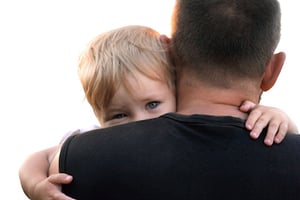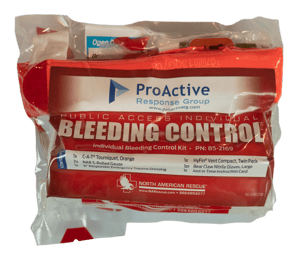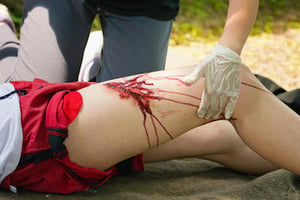Many people go through their entire lives and never have to provide emergency medical treatment to save someone's life. But what if tomorrow you're driving home from the grocery store or to your son's soccer game, and you witness a serious car accident?
Obviously, you call 911, check to see the severity of injuries or if everyone is okay.
But what else do you do if they're not? In this situation, you're the first responder; what can you do to help until EMTs arrive?
.png?width=499&height=133&name=Logo-menu%20(1).png)











